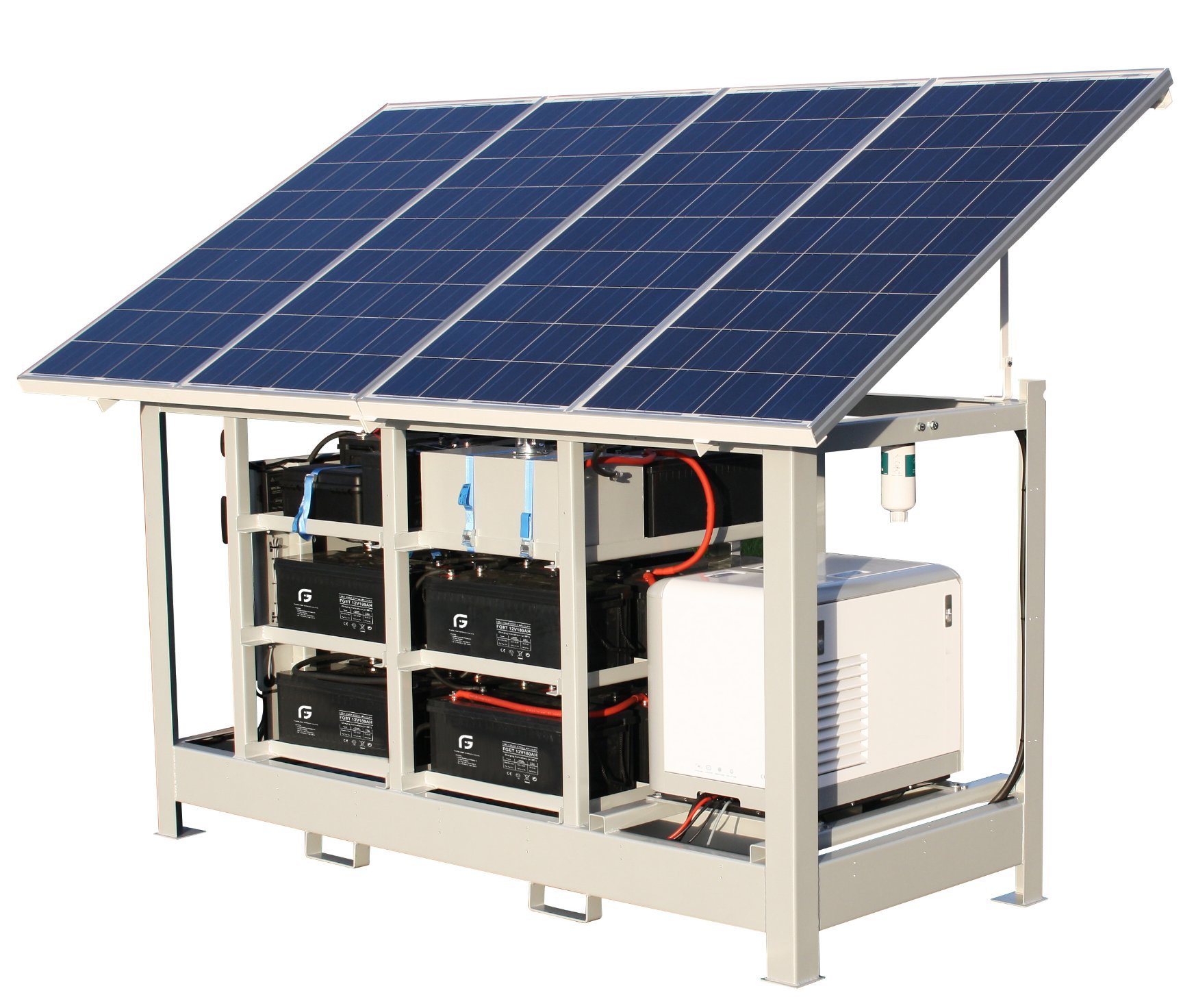 Photo From PoweredPortableSolar
Photo From PoweredPortableSolar
Originally Posted On: How Exactly Do Solar Generators Work? (actionlifemedia.com)
Is this the first time you’ve heard of solar generators? They’re all the rage nowadays. Even NASA uses solar-powered generators that are as effective on earth as on other planets or space itself.
They’re effective, and they tap into a free source of renewable energy: sunlight. When you’re ready to learn how solar generators do what they do, so you can determine whether solar is right for you, read on.
WHAT ARE SOLAR GENERATORS?
If you’re asking yourself what is a solar generator, anyway? Chances are you’re new to solar energy. Sure, you’ve heard the term thrown around in chatgroups and on news channels, but you can’t define the term.
A solar generator is a device that stores electricity derived from other solar electric technologies, such as photovoltaic panels. In essence, it’s a battery in a box. They don’t generate energy on their own, like gas generators.
Wires pass a current from your other solar devices to your generator. That current is stored in a chemical form inside your battery and ready for use should you need it.
WHICH SOLAR PANELS SHOULD I USE?
Portable generators rely on small solar panels. They’re small and easy to pack when compared to their larger cousins which you see on the roofs of houses around the nation. Comparatively, solar systems for houses produce a vast amount of energy and require a commensurate amount of hardware.
The portable generators produce enough power to run a tiny refrigerator, heat water, or charge a few portable devices. They store between 0.1 to 2 kWh of electricity. They’re used most often by campers, RV owners, and folks working in areas devoid of power.
The panels attach to the generator with a few easy-to-use wires. People who need more power choose the Best Solar Generator Power Stations which store about 2kWh worth of energy. Those folks usually need electricity for long stretches of time or a big burst all at once.
CAN I USE MY GENERATOR AT HOME?
The National Renewable Energy Laboratory (NREL) is creating new thermoelectric materials that directly convert heat to electricity. It’s three times more effective than our modern kinds of solar generators. But even with this kind of technology, you couldn’t rely on a single solar generator to run your home.
The average generator can store up to 2 kWh worth of electricity. The average home consumes approximately 30 kWh each day. You’d need at least 15 of the best types of solar generators on the market to run a house.
WHAT’S NEXT?
Now that you know a little more about solar generators, you can determine which one is right for you. It’s easiest to start by determining which jobs you’ll need to be done. Then figure out approximately how much energy those jobs will require and work backward.
If you’d like more tips and tricks, zip over and browse our enormous library full of all things home and garden. So long and good luck!